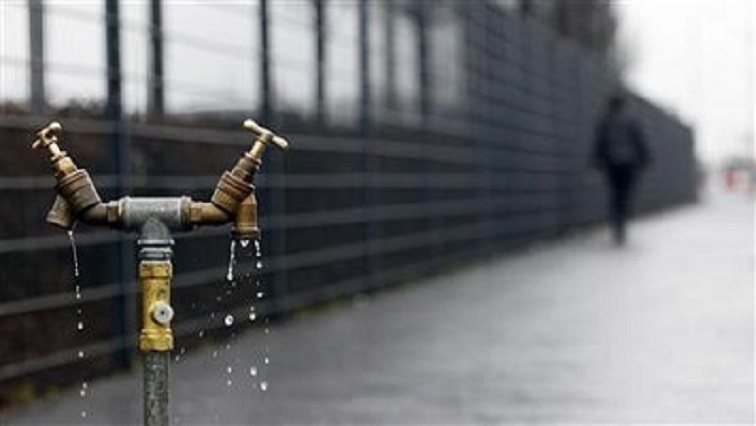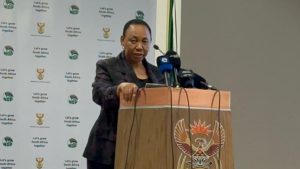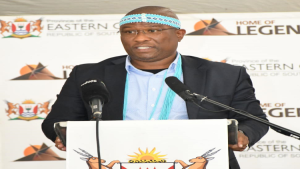The prolonged drought in the western half of the Eastern Cape continues to make life difficult for many in the region. The Kouga municipality is also affected by the drought.
This municipality has spent over R200-million in drought mitigation on water augmentation and drought mitigation projects to avert a possible day zero. The Kouga Municipality also draws water from dams feeding the Nelson Mandela Bay Metro.
A daily struggle of dry taps is slowly becoming a reality for many communities in the western parts of the province. In the Kouga region, water shedding is just one of the saving measures put in place. Residents say having a six hour water outage is devastating.
“I want to use the toilet now as we speak but I cannot do that it’s not fair in this community, we go to the bushes to relieve ourselves. You can imagine that is not fair,” a resident said.
“In the morning when the water is back it has a funny smell and when we try to cook food or make coffee it does not taste nice, we are worried that we going to be sick by this,” another resident explains.
“Our children get sick, our elderly gets sick, even at schools our children don’t have water,” a resident said.
“The water truck has not been here for almost a month now, we are left out as the community of Rosedale,” another resident reiterates.
The municipality says it has drilled over 38 boreholes and is currently constructing four purifying plants. This to ensure there is safe drinking water from boreholes into its water reticulation system.
“We are currently busy with the construction of our first out of four water purifying plant. This will ensure that as a municipality we add an additional four mega litres into our reticulation system. This therefore means even if the dams run dry, we will have additional clean drinking water from boreholes. We are also hoping that with the completion of all these plants, we can end water shedding,” says Deputy Mayor of the Kouga Municipality Hattingh Bornman.
Meanwhile in the citrus rich Gamtoos Valley, farmers are buckling under the pressure due to water restrictions caused by the drought. Khaya Katoo is just one of many farmers feeling the pinch. He says the lack of water has compromised the quality of production.
“Last year, our income went down by 61% of three pence farm. Our fruit wasn’t a good size and we weren’t able to fetch good prices overseas. We had to completely uproot some of our orchards, something we only intended doing in five years’ time but we had to make the decision now if we wanted to keep going,” says farmer Khaya Katoo.
For small-scale farmers, the knock-on effect of the water crisis has caused many job losses.
“Our biggest problem with water is that our quota has been lessened. We can’t afford it anymore. Every third month we have to pay our bill and we have to pay the people working for us. We can’t produce good quality produce anymore. We live in a time where everything is expensive. We can’t plan. We literally live from hand to mouth,” says another farmer Eugh Bosman.
The Gamtoos Irrigation Board has raised concern over economic growth in the region.
“A 20% allocation has a devastating effect on the economy of our valley. Our emerging farmers have really been struggling and some of them have discontinued farming. At least five commercial farmers have left the agricultural industry or relocated to other areas during this past year. For farmers, it is the sixth successive year of burdensome restrictions,” says CEO of the Gamtoos Irrigation Board Rienette Colesky.
The Kouga Dam, which many of these farmers rely on, is currently at 16. 72 % capacity.






